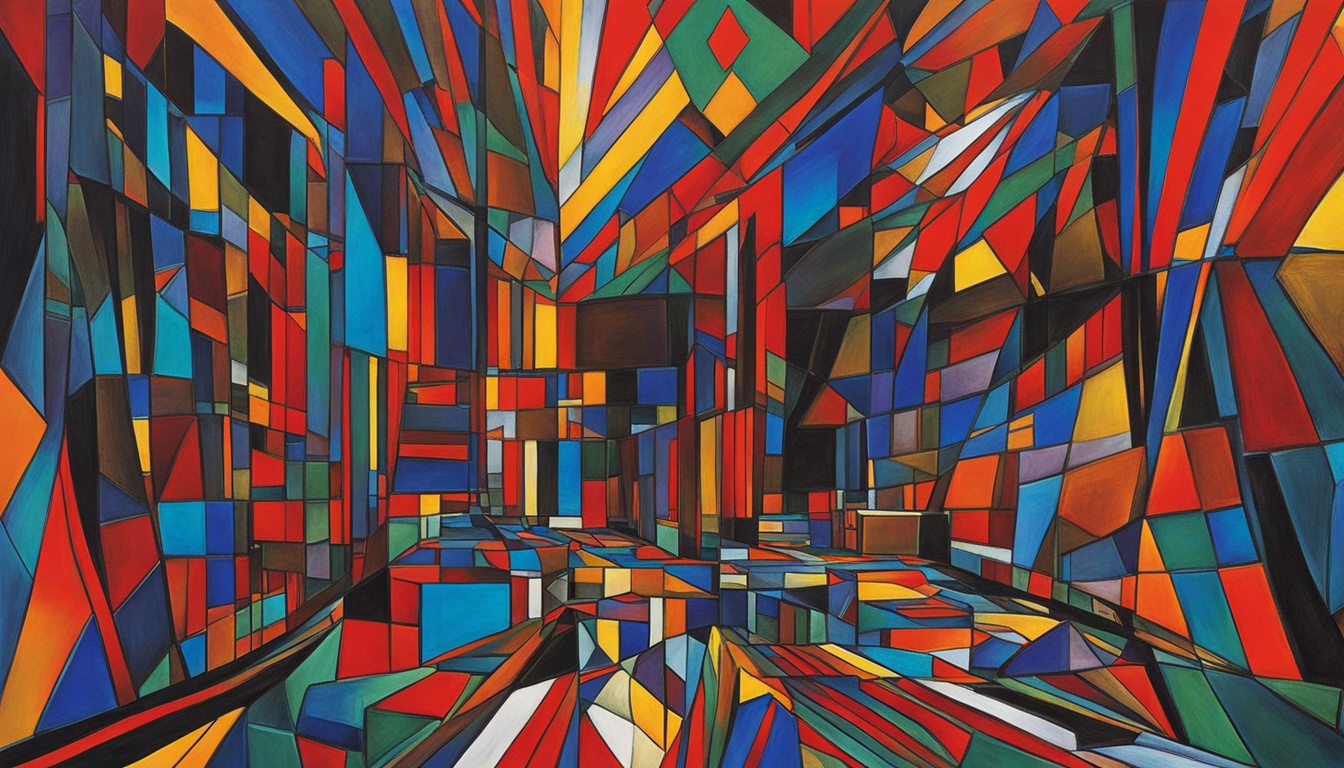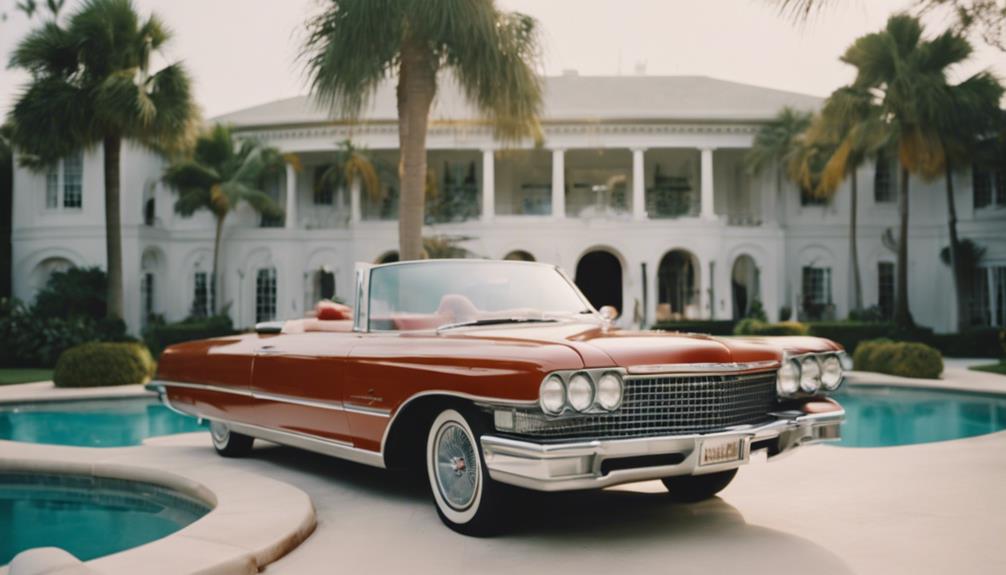Juan Gabriel, the prolific Mexican singer-songwriter and Latin music icon, had an estimated net worth of $30 million at his passing. His wealth was a result of his successful music career, strategic business investments, and ongoing posthumous earnings. Despite his death, his financial legacy remains robust due to his enduring popularity and diverse revenue streams. His estate, alongside real estate investments in the U.S. and Mexico, continues to contribute to his wealth. The combination of his musical achievements and business acumen solidified Juan Gabriel's status as a wealthy and influential figure in the music industry.
Key Takeaways
- Juan Gabriel's estate was valued at around $30 million at the time of his death.
- Ongoing music royalties and real estate investments contributed to his financial status.
- Posthumous releases of unreleased music continue to add to his earnings.
- Diverse fan base and enduring popularity ensure a steady income stream.
- His legacy transcends borders and genres, solidifying his financial standing even after his passing.
Early Life and Background
Born Alberto Aguilera Valadez on January 7, 1950, in Parácuaro, Michoacán, Mexico, Juan Gabriel's early life laid the foundation for his remarkable musical career. Growing up, Gabriel showed a deep passion for music, a trait that would later define his legacy as a celebrated Mexican singer-songwriter and actor. His humble beginnings in Parácuaro instilled in him a love for traditional Mexican music, which he later blended with modern styles to create his unique sound.
From a young age, Gabriel honed his musical talents, mastering various instruments and developing his distinctive voice. His dedication to music led him to pursue a career in the industry, eventually catapulting him to fame with his debut album 'El Alma Joven' in 1971. Throughout his career, Gabriel's music resonated with audiences worldwide, earning him a reputation as a prolific and influential artist in the Latin music scene. His early experiences and influences shaped him into the iconic figure he became, setting the stage for his meteoric rise to musical stardom.
Rise to Musical Stardom
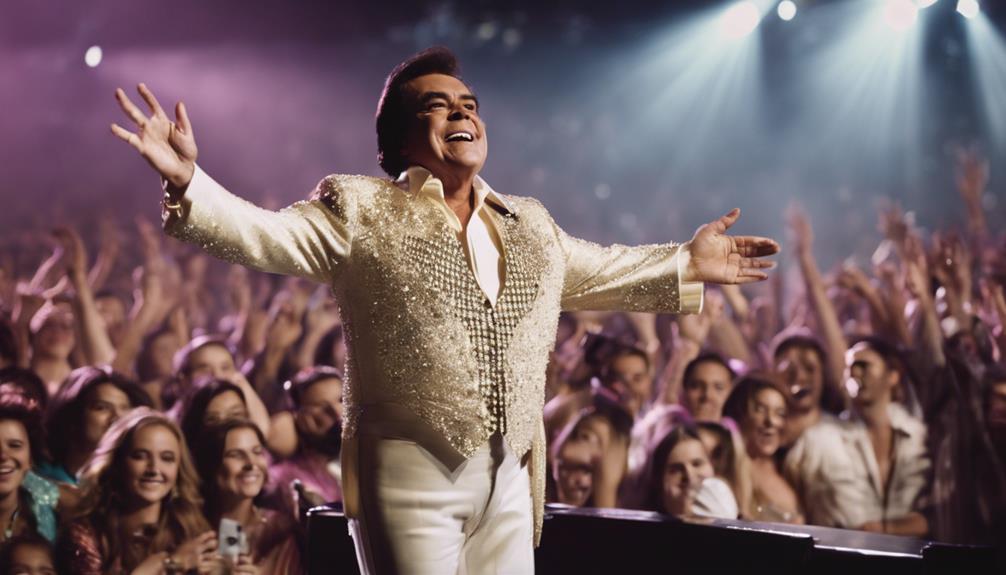
Catapulting onto the music scene with his debut album 'El Alma Joven' in 1971, Juan Gabriel quickly ascended to musical stardom. His unique sound and engaging performances set him apart, gaining widespread recognition with his iconic song 'Querida' released in 1975.
Remarkably, in 1981, he achieved a significant milestone by becoming the first Mexican artist to perform at the Grand Ole Opry. Juan Gabriel's musical journey was marked by over 30 studio albums and collaborations with esteemed musicians like Carlos Santana and Julio Iglesias.
His innovative approach to music, blending traditional Mexican styles with modern influences, solidified his status as an icon in the Latin music industry. Through his rise to fame, Juan Gabriel's passion for music and dedication to his craft shone brightly, earning him a loyal fan base and critical acclaim worldwide.
Business Ventures and Investments
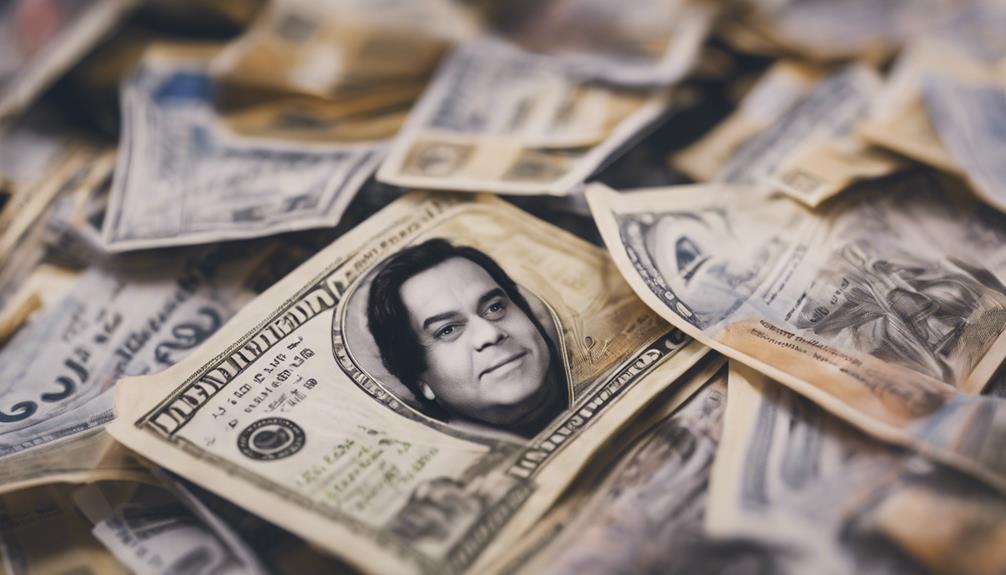
Juan Gabriel's diverse portfolio encompassed real estate investments in California, including properties in Palm Springs and Santa Monica. Additionally, his estate includes a ranch in Santa Fe currently on sale for $2.95 million, boasting 16 hectares, a chapel, and a recording studio. This property features numerous guest rooms, totaling 56 bedrooms and 46 bathrooms. Furthermore, in Michoacan, Mexico, Juan Gabriel's estate serves as a retreat with recording studios, cabins, and bungalows. Silvia Urquidi, a friend of the late singer, manages 16 of his real estate properties valued at approximately $5.3 million. Here is a table summarizing Juan Gabriel's notable business ventures and investments:
| Location | Type | Value |
|---|---|---|
| California | Real Estate | Undisclosed |
| Santa Fe Ranch | Real Estate | $2.95 million |
| Michoacan, Mexico | Real Estate | Undisclosed |
Album Sales and Chart-Topping Hits
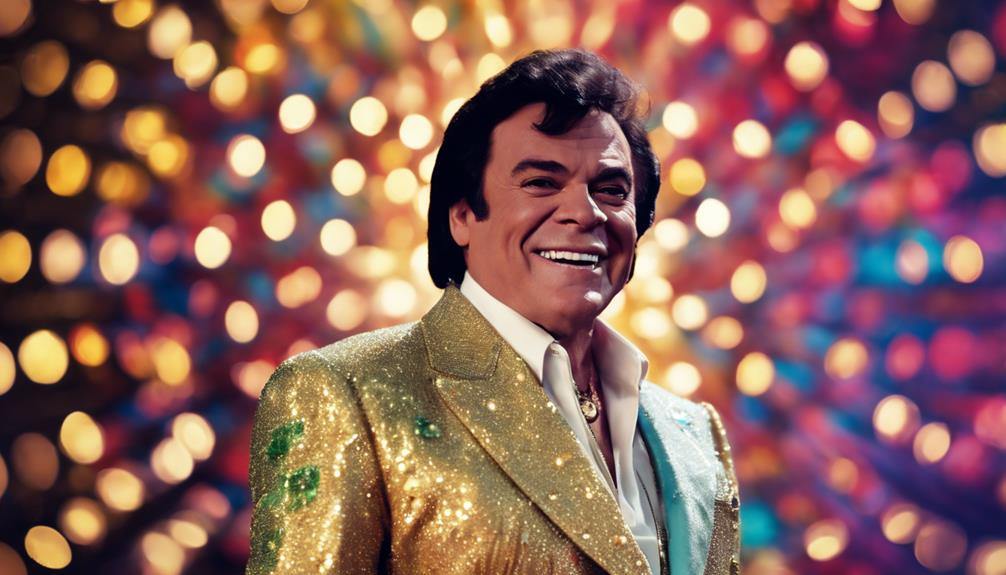
Juan Gabriel's music legacy is intertwined with his remarkable album sales and chart-topping hits that transcended genres and resonated with a diverse audience. His estimated sales of over 100 million records worldwide underscore the monumental impact of his music on fans globally.
Throughout his career, Juan Gabriel delivered numerous chart-topping hits, with his iconic song 'Querida,' released in 1975, standing out as a fan favorite. His ability to appeal to a wide range of music enthusiasts across different genres, from pop to mariachi, greatly contributed to his impressive album sales figures.
Even after his passing, Juan Gabriel's posthumous album sales continue to be robust, demonstrating the enduring popularity and influence of his music. His success in the music industry, characterized by chart-topping hits and sustained album sales, solidifies his status as a legendary figure whose music continues to resonate with audiences worldwide.
Iconic Concerts and Tours
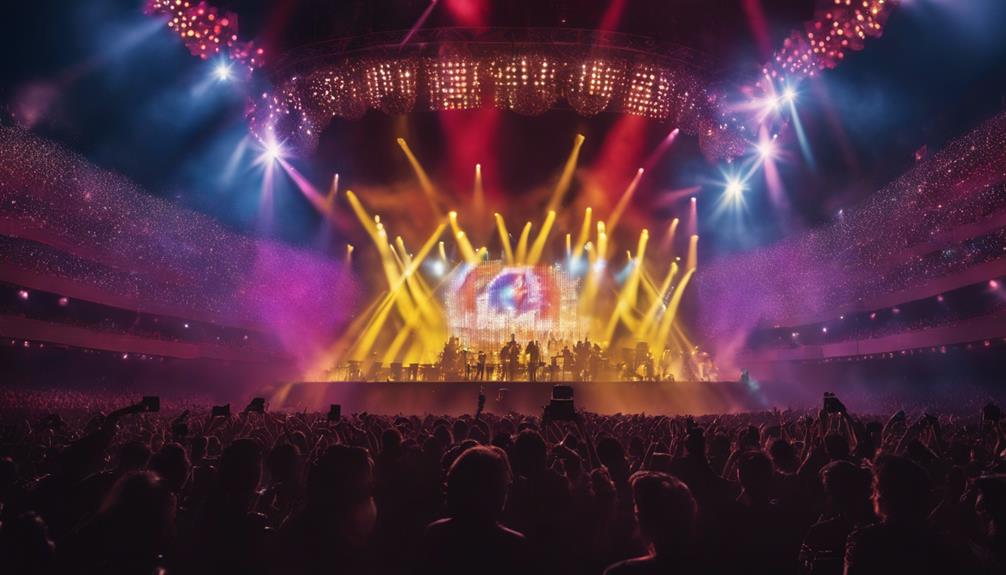
Renowned for their dynamic and mesmerizing performances, Juan Gabriel's concerts and tours consistently attracted sold-out crowds in arenas and stadiums. His final tour grossed over $31.8 million, highlighting his enduring popularity and ability to generate significant revenue. Concerts and tours were crucial income streams for Juan Gabriel, underscoring his success as a live performer. His diverse fan base eagerly attended his concerts, solidifying his position as one of Latin America's best-selling artists. Juan Gabriel's live performances were a cornerstone of his career, showcasing his powerful voice and flamboyant style to audiences worldwide.
Juan Gabriel's concerts were characterized by high energy and enthralling performances that left audiences in awe.
His tours boasted elaborate stage setups and choreography, enhancing the overall concert experience for fans.
From intimate theater shows to massive stadium concerts, Juan Gabriel's live performances catered to a wide range of audiences, further cementing his status as a musical icon.
Legacy and Influence in Music
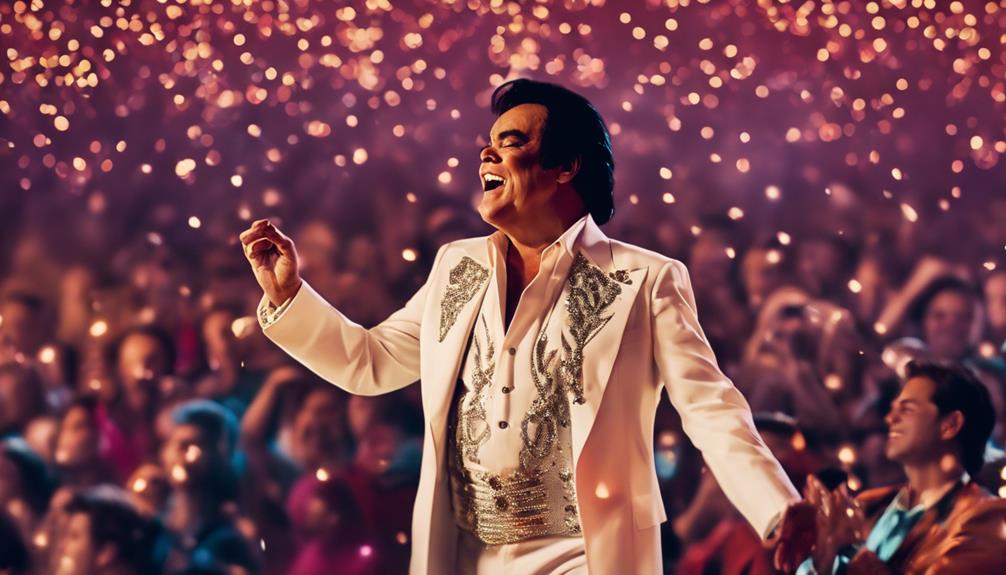
Renowned for enthralling audiences with his dynamic performances, Juan Gabriel's legacy in music transcends borders and genres, leaving an indelible mark on the industry. His unique ability to blend genres and create a distinctive sound resonated with audiences worldwide, setting him apart as an icon in the Latin music industry. Juan Gabriel was celebrated for his powerful and emotive voice, which not only shaped his musical career but also earned him recognition for his contributions to the cultural landscape of Latin America.
Even after his passing, Juan Gabriel's influence continues to be felt in the music industry. Fans worldwide cherish his legendary music and performances, solidifying his lasting impact. His estate stands as a tribute to his enduring legacy, with his music still generating income and maintaining his prominent position in the industry. Juan Gabriel's influence extends beyond his music, reflecting the profound impact he had on the cultural and musical landscape.
Posthumous Earnings and Estate
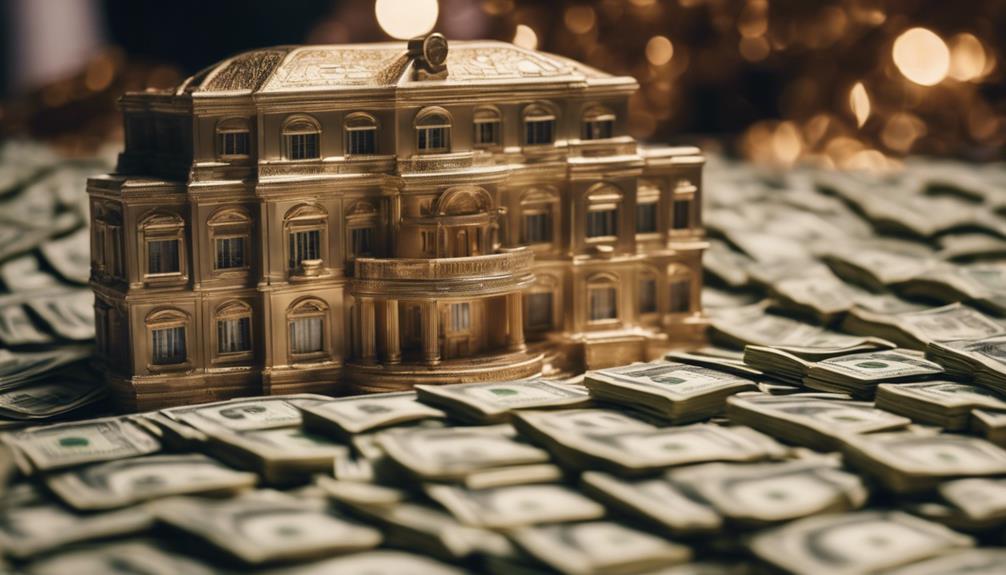
Juan Gabriel's posthumous earnings and estate play a significant role in maintaining his financial legacy. The distribution of his inheritance details and the ongoing financial impact on his family are crucial aspects to take into account.
These factors shed light on the continued influence of his work in the music industry and how it shapes the future for his loved ones.
Inheritance Distribution Details
With an estimated value of $30 million, Juan Gabriel's estate, comprising properties in the U.S. and Mexico, is currently undergoing distribution and management by appointed family members and administrators.
- The Santa Fe ranch, part of his estate, is currently on sale for $2.95 million, featuring 16 hectares and various amenities.
- Ivan Gabriel, Juan Gabriel's eldest son, is likely the executor of the estate, managing properties in the U.S. and Mexico.
- Silvia Urquidi administers 16 of Juan Gabriel's real estate properties, worth about $5.3 million, intended to be returned to the family.
These arrangements highlight the intricate process of inheritance distribution following Juan Gabriel's passing. The involvement of family members and administrators ensures that the estate, which includes valuable properties like the Santa Fe ranch and assets in Mexico, is managed and distributed according to his wishes.
The estate's diverse real estate holdings, such as the retreat in Michoacan, further underscore the complexity and significance of the inheritance distribution process.
Financial Impact on Family
Continuing to generate income even after his passing, Juan Gabriel's posthumous earnings greatly impact his family's financial stability. With an estate valued at around $30 million, his family benefits from ongoing revenue streams, particularly from his music royalties. Investments in real estate in the U.S. and Mexico further contribute to their financial well-being.
The posthumous release of previously unreleased music adds to the earnings that support his family. Juan Gabriel's diverse fan base and enduring popularity ensure a steady flow of income, keeping his estate financially robust and benefiting his loved ones.
The estate's management plays a vital role in ensuring that his family continues to receive the financial support they need. The late singer's legacy not only lives on through his music but also through the financial security provided by his posthumous earnings.
Impact on the Music Industry

Juan Gabriel's impact on the music industry transcends borders, with his influential legacy shaping the Latin music scene for decades.
His innovative contributions and genre diversity not only set him apart but also paved the way for future artists to explore new musical horizons.
The cultural significance of his work continues to resonate, solidifying his iconic status in the industry.
Musical Influence Legacy
His innovative fusion of pop, mariachi, and ballads propelled Juan Gabriel to iconic status in the Latin music industry, leaving a lasting impact on audiences worldwide. Known for his powerful voice and emotional delivery, Juan Gabriel's musical influence legacy is undeniable. His ability to blend genres seamlessly captivated listeners and set him apart as a true musical pioneer. This influence is further exemplified by his numerous Latin Grammy Awards, including a prestigious Lifetime Achievement Award, solidifying his place as a legend in the industry.
- Juan Gabriel's unique blend of pop, mariachi, and ballads created a distinct sound that resonated with fans globally.
- His powerful voice and emotive performances set a new standard in the Latin music scene.
- The recognition he received, including eight Latin Grammy Awards and a Lifetime Achievement Award, showcases the profound impact he'd on the music industry.
Industry Innovation Contributions
With his groundbreaking blend of pop, mariachi, and ranchera, Juan Gabriel revolutionized the music industry, leaving an indelible mark on the Latin music scene. His innovative contributions as a singer-songwriter reshaped the landscape of Latin music, showcasing his versatility and creativity throughout his music career. Juan Gabriel's ability to seamlessly fuse different genres not only appealed to a wide audience but also inspired a new generation of artists to experiment with their sound.
To highlight Juan Gabriel's significant impact on the music industry, the table below summarizes key points:
| Innovation | Contribution |
|---|---|
| Genre Fusion | Blended pop, mariachi, and ranchera, creating a unique sound. |
| Live Performances | Set a new standard for emotional and powerful live shows in the Latin music scene. |
| Songwriting | Demonstrated talent as a multifaceted artist by writing and composing his songs. |
| Collaborations | Expanded influence through partnerships with musicians like Carlos Santana and Julio Iglesias. |
| International Recognition | Broke barriers by being the first Mexican artist to perform at the Grand Ole Opry in 1981. |
Genre Diversity Impact
Juan Gabriel's diverse fusion of genres reshaped the music industry, enchanting a wide audience with his innovative sound. His Latin American roots infused a unique flavor into his music, captivating listeners across different cultural backgrounds. Through his genre diversity, Juan Gabriel achieved remarkable success in the industry, setting a new standard for artists to experiment with various styles.
- Juan Gabriel's ability to seamlessly switch between pop and mariachi genres showcased his versatility and musical prowess.
- By blending different musical styles, Juan Gabriel attracted a diverse fan base that contributed greatly to his success.
- His innovative approach to combining genres not only expanded his fan base but also influenced other artists to explore and experiment with diverse musical styles, leaving a lasting impact on the industry.
Frequently Asked Questions
Did Juan Gabriel Have Biological Children?
Juan Gabriel had at least two undisclosed children, Luis Alberto Aguilera and Joao Gabriel Alberto Aguilera, confirmed as heirs through DNA tests. More unknown offspring continue to emerge, revealing his complex family dynamics.
Despite official heirs recognized in his will from Laura Salas, the revelation of additional children complicates the inheritance dispute over his estimated $30 million fortune. Juan Gabriel's family tree includes children from various relationships, some initially excluded from his family circle.
Did Juan Gabriel Have a Funeral?
Juan Gabriel did have a funeral after his passing on August 28, 2016. The funeral took place in Ciudad Juárez, Mexico, where he was cremated.
Fans and world leaders paid tribute to Juan Gabriel during the funeral, honoring his legacy as a prominent Mexican singer and songwriter.
His ashes were sent to Ciudad Juárez, where he had a strong connection.
The funeral ceremony was a poignant moment to celebrate his life and contributions to music.
Who Was Juan Gabriel's Best Friend?
Juan Gabriel's best friend was Silvia Urquidi, a close confidante who managed 16 of his real estate properties. She oversees about $5.3 million worth of his investments.
Despite her pivotal role in administering his estate, Urquidi has stated that the properties will be returned to Juan Gabriel's family. Her relationship with the late singer highlights the trust and responsibility she holds in handling his real estate affairs.
Conclusion
To sum up, Juan Gabriel's net worth at the time of his death was estimated to be around $30 million. Despite rumors of extravagant wealth, his financial legacy was built through a combination of successful music career, shrewd business decisions, and savvy investments.
His impact on the music industry and lasting influence on future generations continue to solidify his place as a legendary figure in the world of Latin music.





